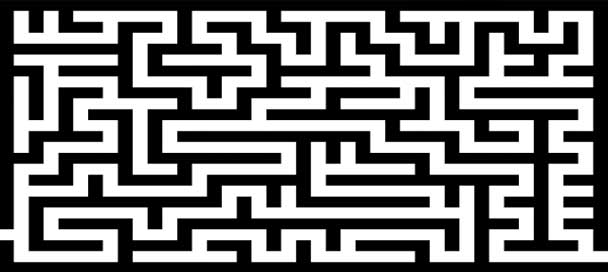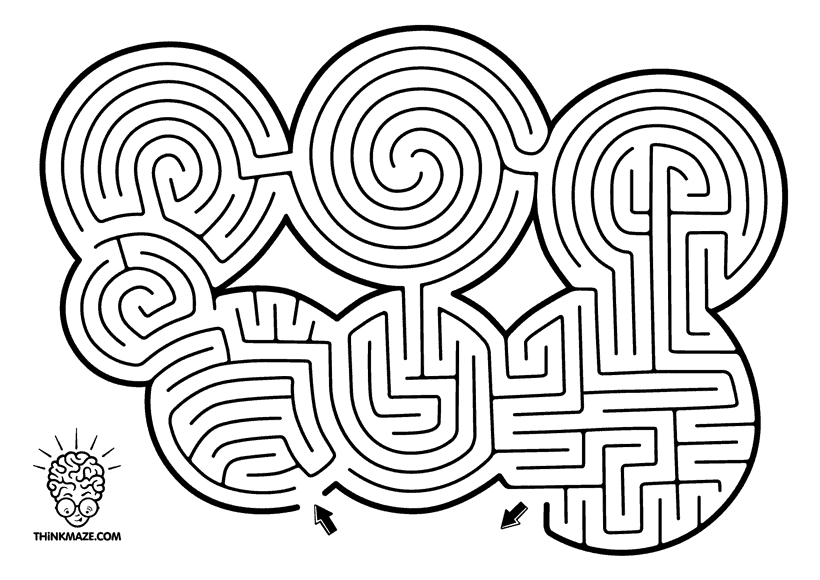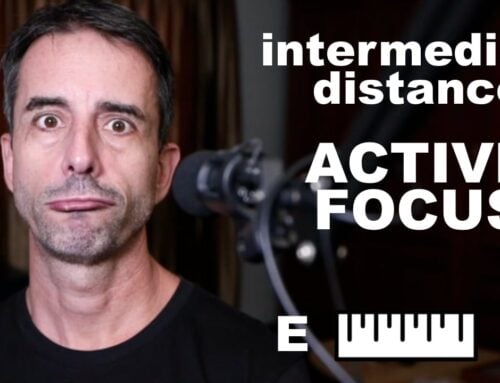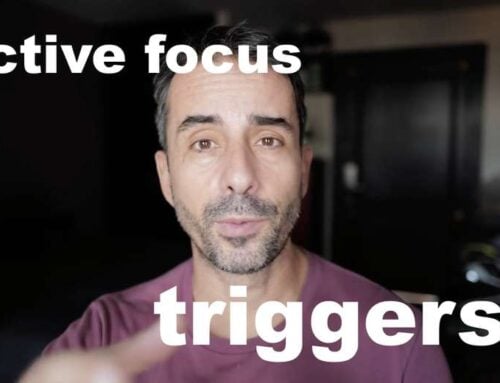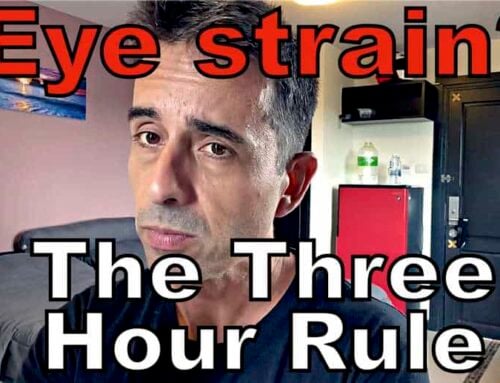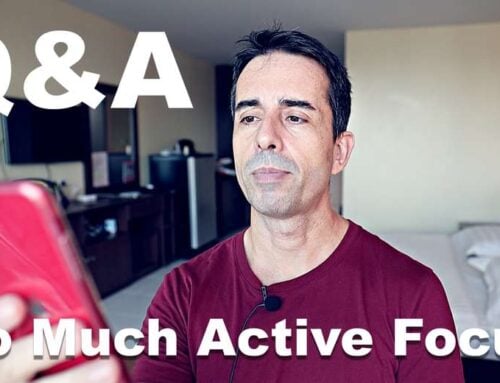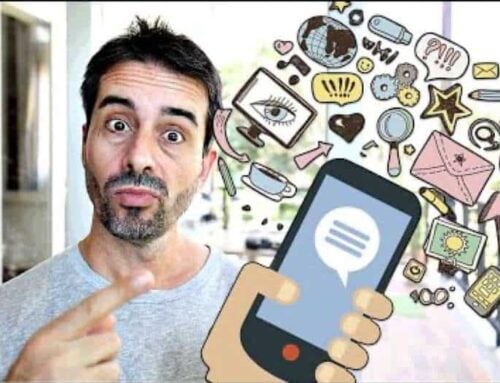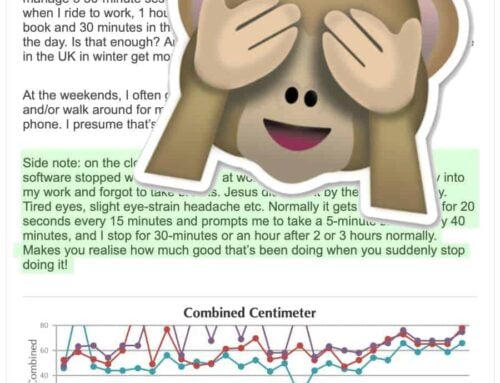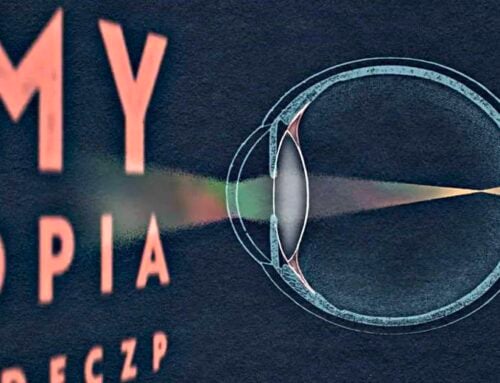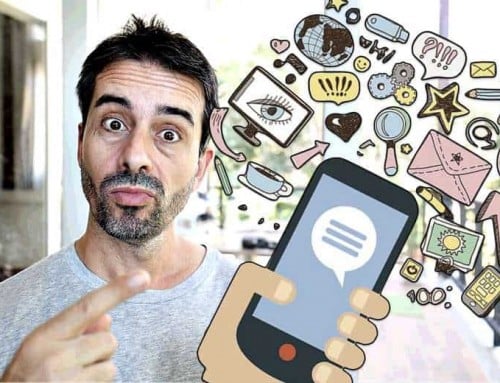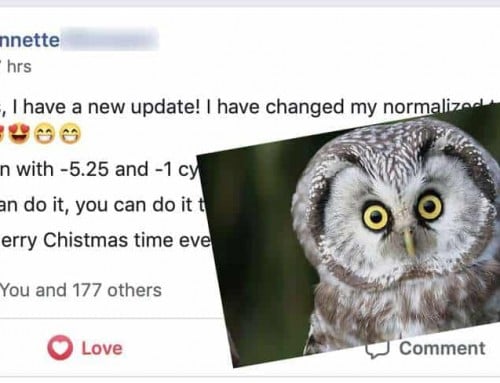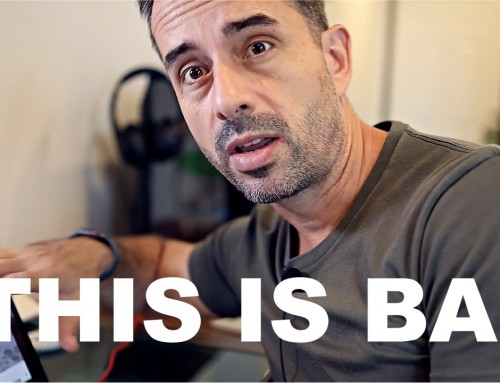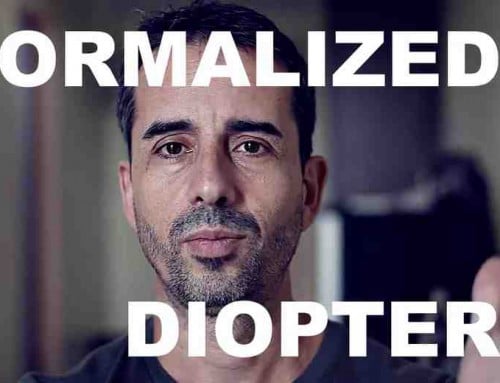I always refer to using letters and text in general, when working on pushing or pulling focus. Unlike other objects, text has the significant benefit of giving you feedback – if you don’t see a tree leaf, you won’t know it. But if you can’t read half of the letters in a word, you surely do! This is why you want to use writing as a reference tool for your focus work, a ubiquitous feature both near and far, most anywhere you go.
That being said, you may get bored with letters. Though I advocate practices that amount to the foundation for positive habits, rather than “exercises”, you can surely alternate for the sake of keeping things fresh.
What you want to be looking for is visuals that provide that reference ability that writing has. Lines are helpful, anything that has a predictable and consistent flow to let you know how much and how clearly you are perceiving it. Along with that, you want to be able to challenge your eyes for focus. Some clients like to use the Snellen chart, and get good results from working with it for half hour or more per day. Again though this amounts to exercise more so than habit. A more habit based activity would be adding reading signs while you are going for a walk.
Here is one that goes towards exercise rather than habit, but can be fun – especially for children:
The Maze Game
A maze can be a fun tool to get your eyes moving and following the lines to try to get through the maze. It is also handy in that you can easily print out any kind of maze, at any kind of size, to hang on the wall. You can display mazes on your smartphone screen or laptop. I had a client who even bought maze tiles for his bathroom!
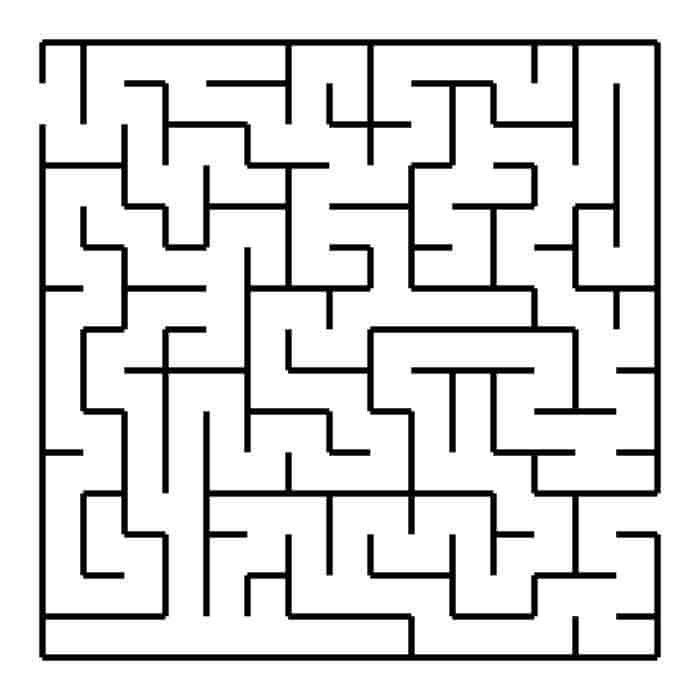 Easiest might be to search Google Images for the word “maze”, and browse the resulting pages for inspiration. You can do variations like kid’s maze to get some ideas for the young ones, too. Google then even provides suggestions for variations – easy, hard, holiday themed, and more. It’s brilliant!
Easiest might be to search Google Images for the word “maze”, and browse the resulting pages for inspiration. You can do variations like kid’s maze to get some ideas for the young ones, too. Google then even provides suggestions for variations – easy, hard, holiday themed, and more. It’s brilliant!
Of course the key here is to really get into a distance where you are challenged by blur. Better even is to use the maze game when you are dealing with double vision, where the lines are ideal for practicing to fuse the image. Fellow practitioners also use mazes frequently for fusing double vision. I have used mazes with clients who felt particularly challenged by double vision, with great success.
Hopefully you are enjoying the blog despite the less frequent articles lately. While I am not always writing, I am thinking of you and the site, and am always anxious to bring you new inspiration and ideas to help with your eyesight improvement goals.
Enjoy!

